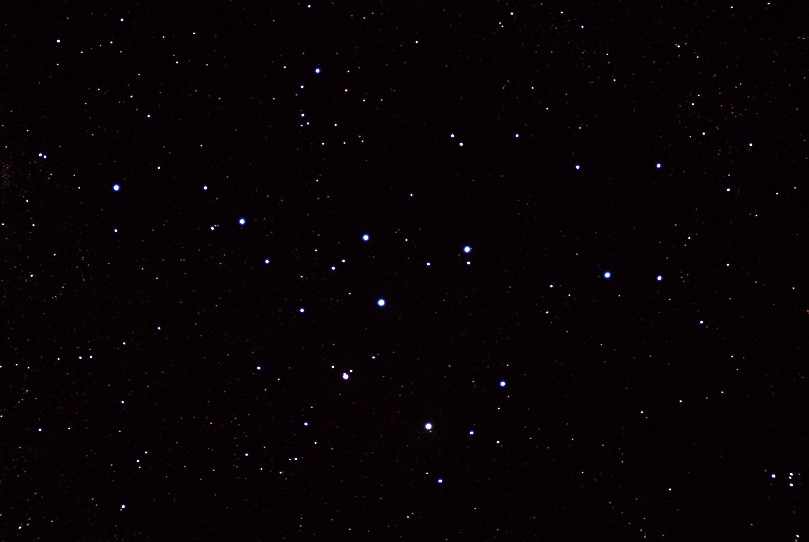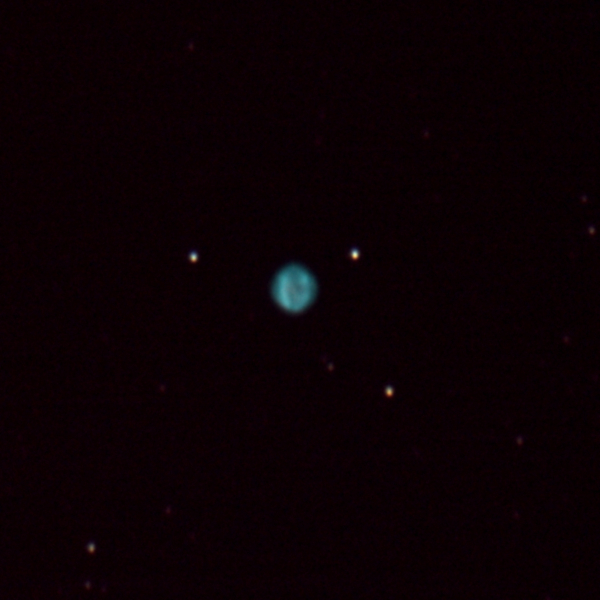I’ve just got back from a week’s holiday in the North Yorkshire Moors. We were staying at a cottage at Low Garth in Fryup Dale. 3 nights were clear up until about midnight on each night and I took a fair few photographs and as I process them I’ll post them here.
The night sky quality in the Moors is very good as there are no major towns nearby and Teeside was conveniently hidden by the side of the valley we were located in. The only time you were really aware of it was passing clouds reflecting an orange glow.
Equipment was the Astrotrac with Canon 350D and either the ZenithStar 70 or Canon kit 18-55 zoom. I did have a repeat of the issues with the Manfrotto 410 head working loose, I think it’s the other axis this time, so it’ll be back for repair and I need to think about an alternative. While expensive, the Astrotrac TW3100 wedge looks very nice!
While I’m processing some of the images here’s some fun I had with an asterism between Sagitta and Cygnus. CR399, otherwise known as ‘The Coathanger’ is an easy binocular object in Vulpecula. 5x 30 second exposures at ISO 1600 through the ZenithStar 70mm refractor. As usual, click on the image for a larger view.





